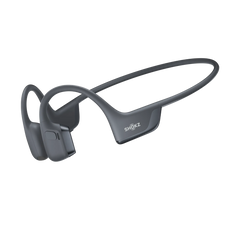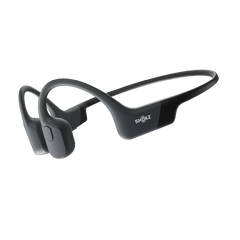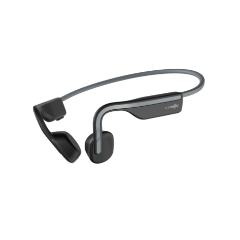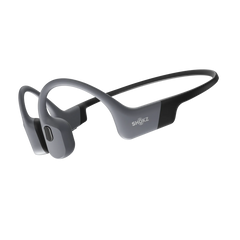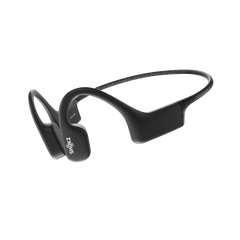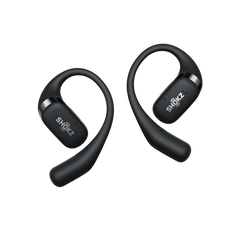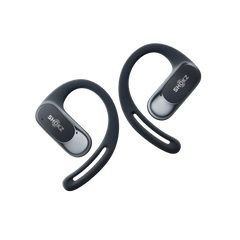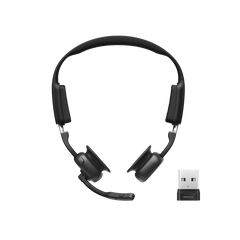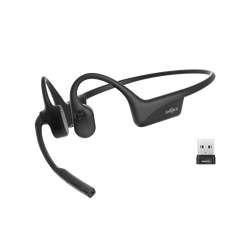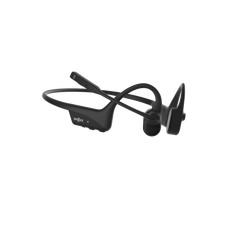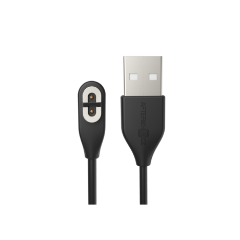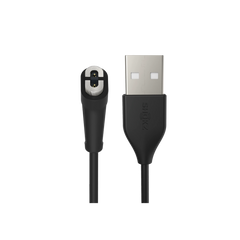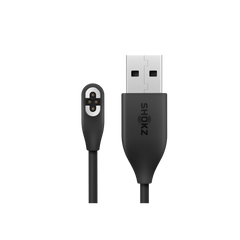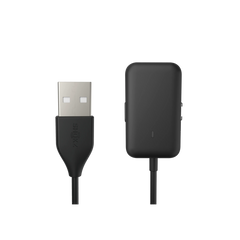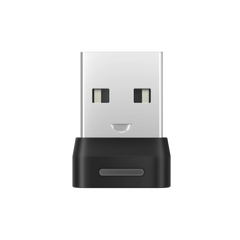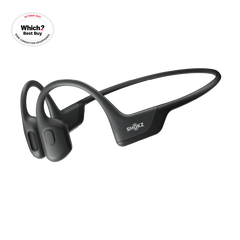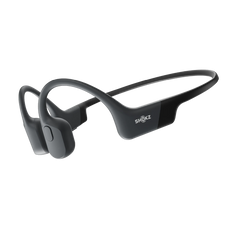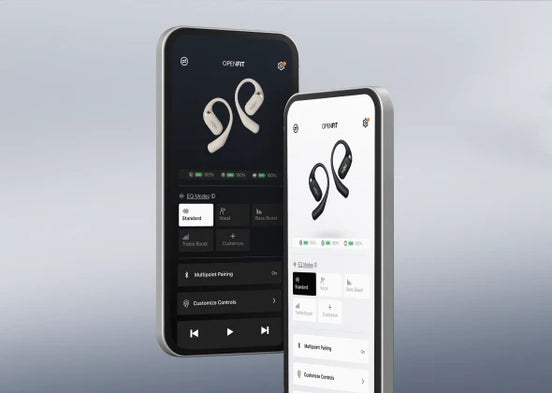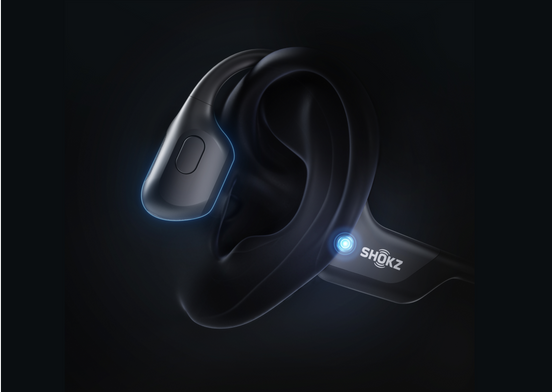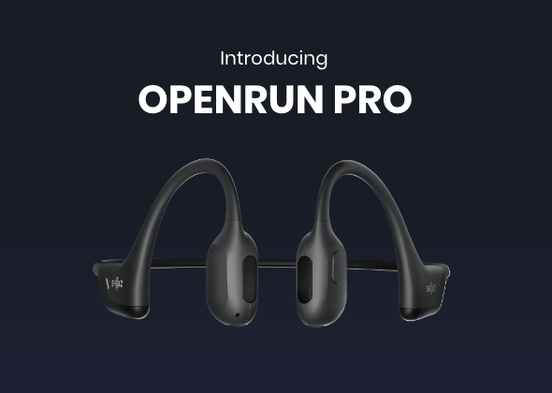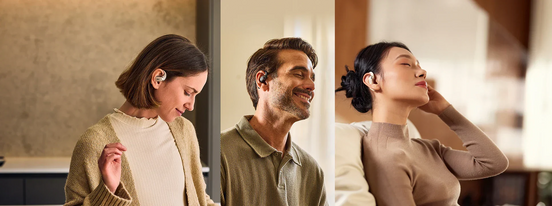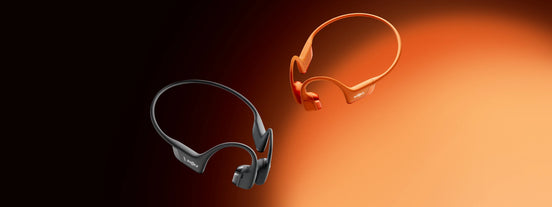-
Introduction
-
What are Over-Ear Jogging Headphones?
-
What are In-Ear Jogging Headphones?
-
What are Open Ear Headphones?
-
Over-Ear vs In-Ear vs Open-Ear Jogging Headphones
-
How to Choose the Right Headphone for Jogging
-
How Open-Ear Headphones Enhance Situational Awareness
-
Conclusion
Introduction
If you’ve been shopping around for quality jogging headphones, you’ve probably heard the terms over-ear, in-ear, and open-ear quite often. Each type of headphone has its own benefits and drawbacks, making it crucial to understand their differences to enhance your jogging experience.
What are Over-Ear Jogging Headphones?
Over-ear jogging headphones represent a significant evolution in audio technology. These are popular because of their large earcup design that covers the entire ear. It offers superior sound quality and noise isolation compared to other headphone types. Also, this design contributes to better stability and comfort during vigorous activities like jogging.
The history of headphones dates back to the late 19th century. Initially, they were single-sided, heavy speakers used for communication. Nathan Baldwin's invention in 1910 marked the birth of modern headphones.
In 1958, John C. Koss introduced the first stereophones, which he described as "a little portable phonograph with side-wing speakers". It featured a "private switch" wherein the listeners hear music by plugging in to Koss’ new portable player.
In the 70s and 80s, high-fidelity sound became popular. Headphones in this era started to reproduce a wider range of frequencies and audio details. Today, modern over-ear headphones are equipped with features such as Bluetooth connectivity, call and messaging controls, as well as noise cancellation.
What are In-Ear Jogging Headphones?
An upgrade from their bulky predecessor, in-ear headphones are designed for active lifestyles as they fit snugly inside the ear canal. They provide a secure, comfortable fit, which is ideal for running. These headphones create a tight seal, offer noise isolation and improved sound quality.
These headphones also offer features like Bluetooth connectivity, water resistance, and enhanced bass. The evolution of this technology reflects a shift towards convenience, sound quality, and user comfort in personal audio devices.
What are Open Ear Headphones?
Open-ear headphones are a unique category of audio devices that allow you to enjoy music or podcasts while being aware of your surroundings. Unlike traditional headphones, they don't block or cover the entire ear or the ear canal. This design is especially beneficial for activities where situational awareness is crucial, such as walking, jogging, or cycling in busy environments.
These headphones work using two main technologies: bone conduction and air conduction. Bone-conduction headphones, such as those offered by Shokz, use transducers to convert audio into vibrations. These vibrations travel through the cheekbones to the cochlea in the inner ear, bypassing the eardrum. This technology is particularly useful for individuals with hearing impairments or those who want a different listening experience. Shokz has pioneered this field, developing innovative models like the OpenRun, which integrates bone conduction with open-ear design.
The main benefits of open-ear headphones include safety through enhanced situational awareness, comfort due to their non-invasive design, better hygiene, and ear health.
Over-Ear vs In-Ear vs Open-Ear Jogging Headphones
Each type of jogging headphones provides a superb listening experience. However, they differ in certain aspects.
Comfort and Fit

Over-Ear: As over-ear headphones span over your head and cover your ears, they typically offer a comfortable fit. However, these may be heavy for long jogs.
In-Ear: The lightweight and compact design makes these headphones comfortable while jogging, and their snug fit inside the ear canal prevents them from falling out when running. However, there may be eventual discomfort in your ear canal after extended periods.
Open-Ear: Open-ear headphones are designed to rest on your ears, preventing the discomfort of using in-ear headphones for a long time. Their lightweight and compact design makes them ideal for jogging or biking.
Portability
Over-Ear: Over-ear headphones are larger and bulkier, making them a less-than-ideal option when jogging, hiking, or biking.
In-Ear: In-ear headphones are lightweight and compact, making them a good solution for listening to music while performing outdoor activities.
Open-Ear: Similar to in-ear headphones, open-ear pieces are easy to wear and carry. They are designed to securely fit around your ears without feeling loose even when you sprint, or make rough head movements.
Audio Quality
Over-Ear: Over-ear headphones are known for their superior audio quality. They provide excellent sound isolation because their design covers the entire ear.
In-Ear: As these devices fit snugly into your ear, these in-ear headphones generally provide good noise isolation and block out all external sounds. This feature enhances the listening experience, especially in noisy environments.
Open-Ear: Open-ear headphones are designed to deliver a unique listening experience. These headphones excel at creating a spacious and natural soundstage. This means that the audio you’re listening to is perceived as if it’s coming from around you rather than being confined within your ears. The open-back design minimizes sound reflections and resonances. This results in a more expansive audio experience.
Battery Life
Over-Ear: Generally, over-ear headphones offer longer battery life than other types since they are larger and can accommodate bigger batteries. Most wireless over-ear headphones can provide 10 to 30 hours of playback on a single charge.
In-Ear: The battery life of in-ear headphones generally ranges from 5 to 8 hours on a single charge. Its compact size limits the battery capacity. Thus, the standalone battery life is typically shorter compared to over-ear models.
Open-Ear: Shokz’ products are designed for long workout training sessions with its lengthy battery life and quick charge feature. For instance, our OpenFit headphones last up to 28 hours of listening. OpenRun Pro features a 10-hour battery life, and OpenRun lasts up to 8 hours on a single charge.
Connectivity
Over-ear, in-ear, and open-ear models predominantly feature wireless connectivity, primarily through Bluetooth technology. Bluetooth headphones offer the convenience of unrestricted movement and easy pairing with multiple devices, which is essential for joggers.
Advanced versions like Bluetooth 5.0 enhance range and stability. Alternatives include RF (Radio-Frequency) headphones, known for their superior range and sound quality; and IR (Infrared) headphones, offering stable connections without interference.
Water and Sweat Resistance
Over-Ear: While over-ear models offer excellent sound quality, they are generally less water and sweat-resistant than in-ear headphones. Some sports-oriented over-ear models may have moisture protection, but it's less common due to their size and design. Therefore, you may not get the same level of protection against rain.
In-Ear: Most in-ear headphones have water and sweat-resistant features. To ensure you get the best protection, look for models with an IPX4 rating or higher.
Open-Ear: Open-ear headphones also offer models with water and sweat-resistant features. For example, our OpenFit headphones have an IP54 water resistance rating, which means they are resistant to dust and water splashes.
How to Choose the Right Headphone for Jogging
Choosing the right headphones for jogging involves considering several factors:

Headphone Type: If you'd like to eliminate all external noise, then over-ear and in-ear headphones are good options. You can find headphones with sweat-resistant features as well. On the other hand, if safety is your priority when you're out jogging, and you'd like to be aware of the traffic around you, choose open-ear headphones.
Comfort: Comfort should always be a priority, especially for active individuals. If you jog for an hour or more, look for lightweight headphones that can provide comfort long-term, such as Shokz's OpenFit headphones.
Sound Quality: Decide what sound quality you prefer. Over-ear headphones generally provide richer sound, whereas in-ear models offer clarity, and open-ear models allow ambient sound for safety.
Budget: Prices can vary widely, from affordable options to high-end models. Determine how much you're willing to spend and what features are most important to you within that price range. Remember, more expensive doesn't always mean better. This is especially true for jogging or any physical activity, where durability and comfort are key.
Portability: Lighter and more compact models are preferable for ease of movement and comfort during jogging. This is where in-ear and open-ear headphones shine through.
Water and Sweat Resistance: Look for headphones with good water and sweat resistance. Check the IP rating of your options. The higher the IP rating, the greater the level of water resistance.
How Open-Ear Headphones Enhance Situational Awareness
Open-ear headphones enhance situational awareness by design. Shokz OpenRun and OpenRun Pro are powered by bone conduction technology, allowing situational awareness of surroundings and bud-free, comfortable listening. OpenFit, on the other hand, is powered by DirectPitch™ technology, which reverses sound waves to optimize the distance and angle between the sound source and the human ear.
Both technologies allow users to listen to audio content while still being able to hear ambient sounds, such as traffic or conversation. This feature is crucial for safety in outdoor activities, as it enables users to remain alert to their surroundings, avoiding potential hazards.
Conclusion
Whether it's the noise isolation of over-ear headphones, the right choice depends on your jogging needs and preferences. Shokz's innovative technology in open-ear designs provides an unmatched blend of comfort, sound quality, and awareness. Explore the unique features of Shokz open-ear headphones to enhance your jogging experience.
Author Information

